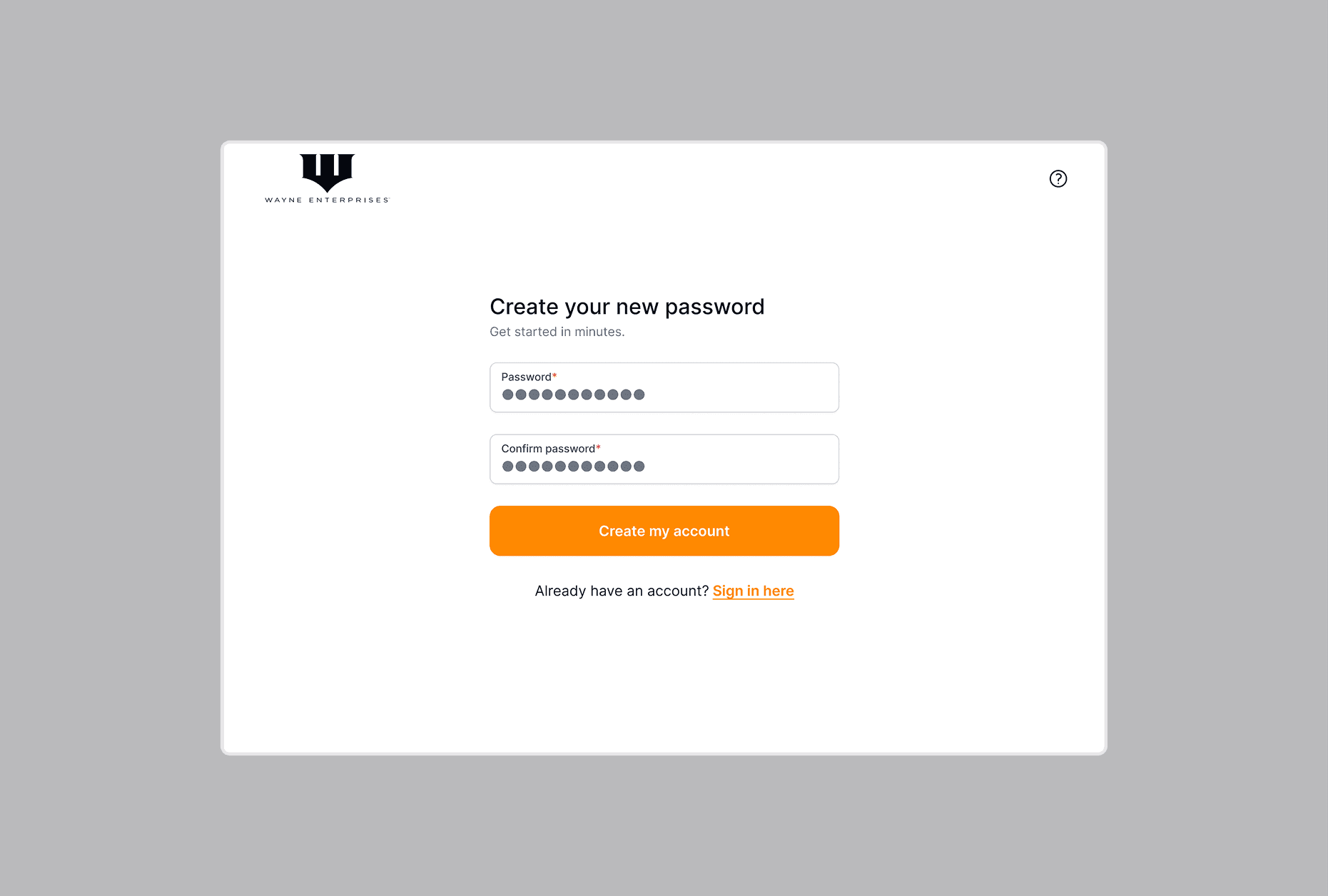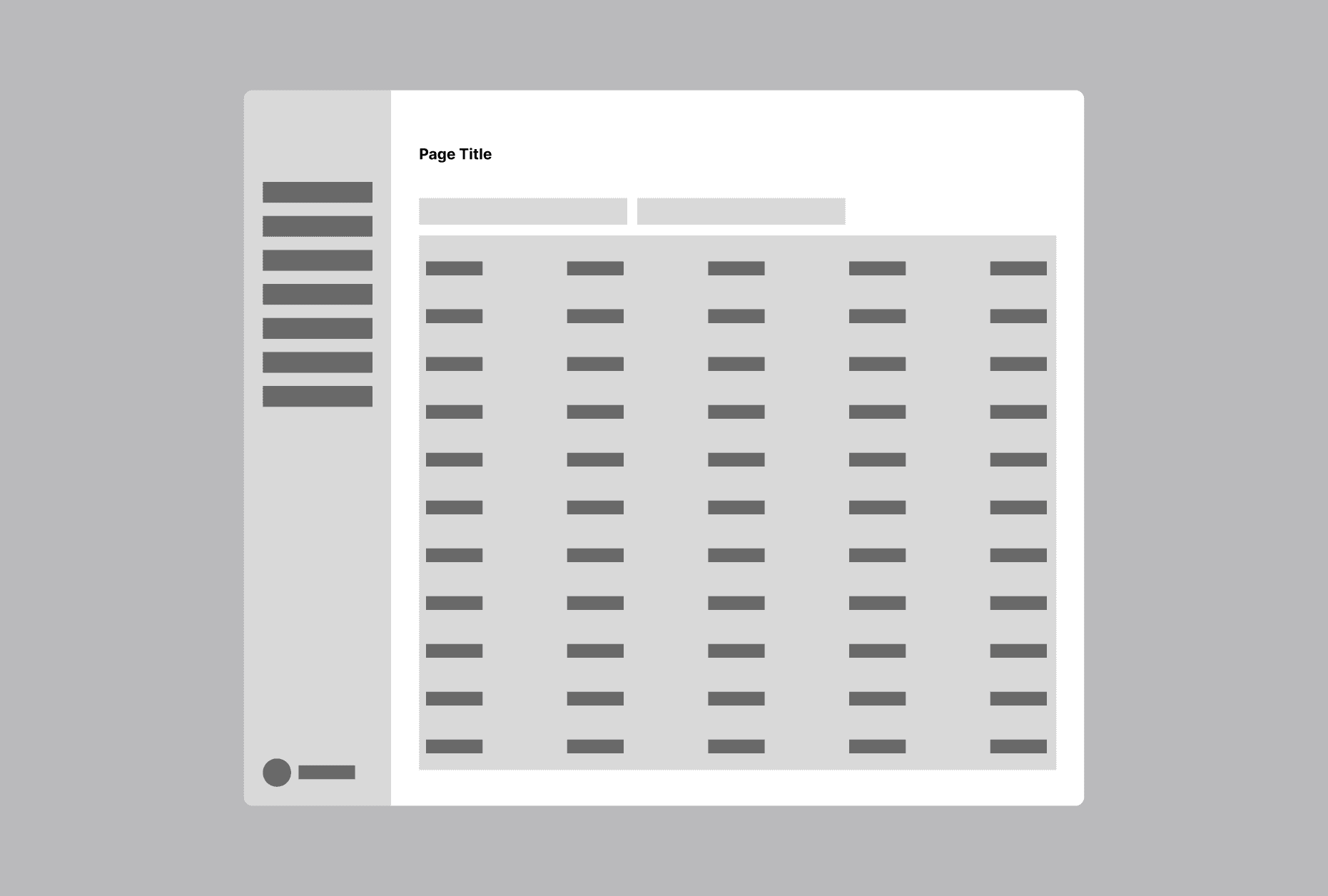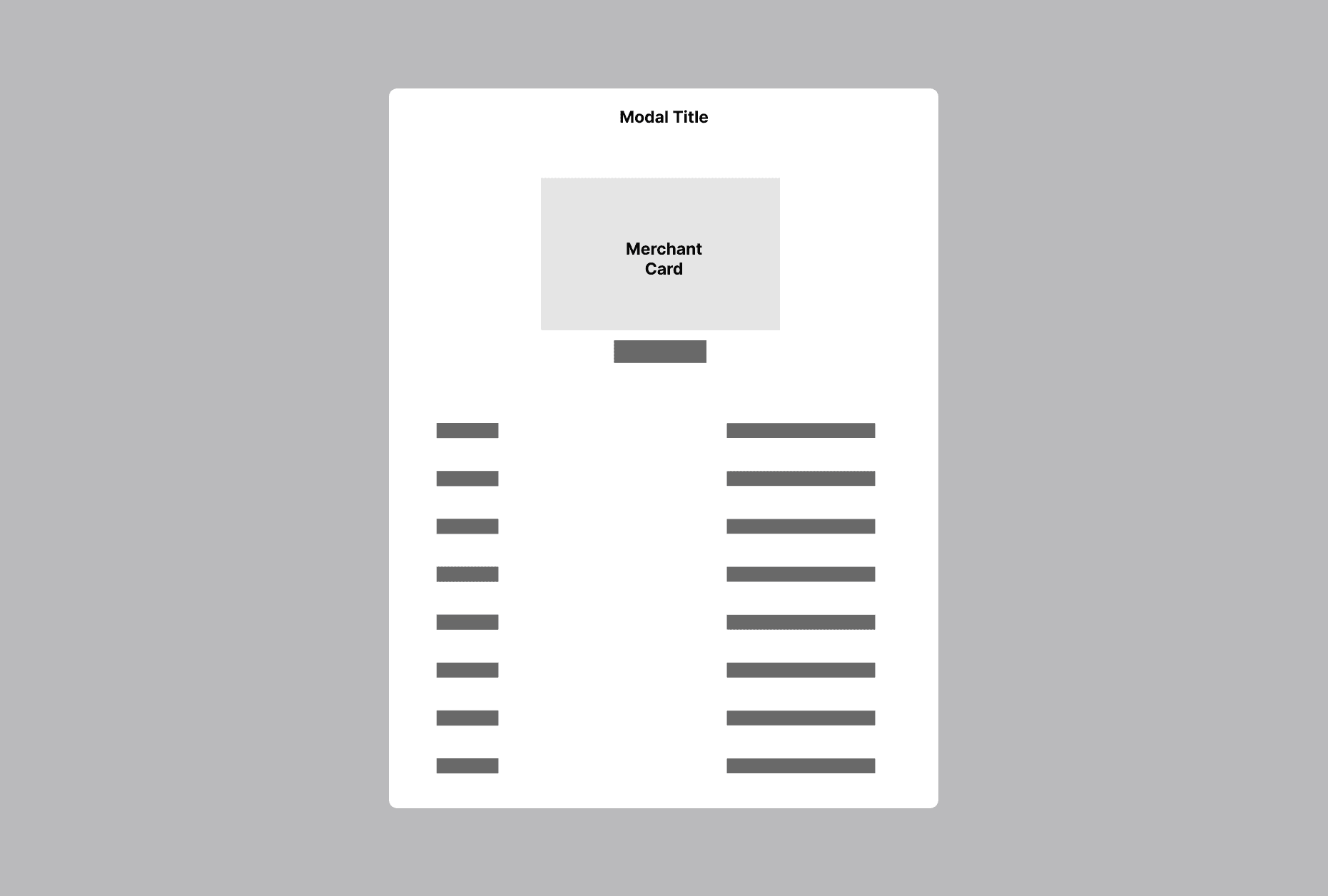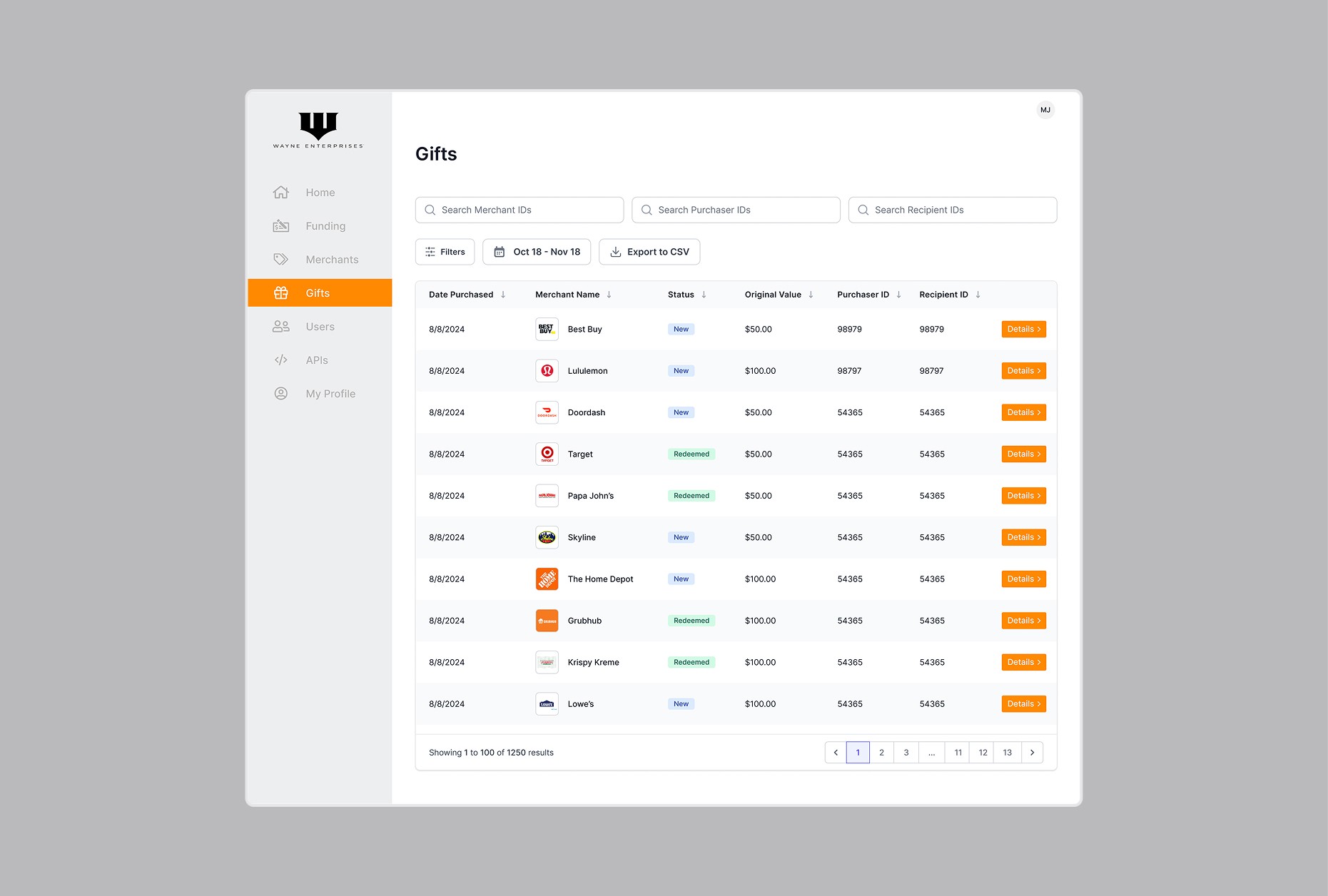Overview
Designing an admin portal that simplified rewards management by 47%
Wolfe is a leader in consumer and corporate gifting, but their admin tools weren’t keeping up. Corporate clients managed their reward programs through spreadsheets, emails, and outdated third-party systems. This made it very difficult to track reward redemptions, fund programs, or understand spending patterns.
My goal was to design a centralized admin portal that felt simple, transparent, and fast. One place for teams to view activity, manage users, and confidently make decisions.
The Challenge
A fragmented workflow that slowed everything down
Client admins bounced between tools to understand what should’ve been visible at a glance:
• Redemptions were spread across cash outs, e-gifts, and mailed cards
• Funding required back-and-forth with the finance team
• Historical data lived in spreadsheets
• Key profile details were hidden in odd places
The core problem was the lack of clarity and the lack of a single source of truth.
The Solution
Instant clarity, zero friction
I redesigned the admin portal around one principle: transparency shouldn’t require digging.
The new experience consolidates every reward related task into one place. Workflows like funding programs, tracking redemptions, reviewing transactions, and managing users was rebuilt with a linear flow so clients always know what to do next.
Manual spreadsheets were replaced with real-time, decision ready visuals. Clients can now see spend patterns, engagement trends, and program health the moment they log in. No exporting or guesswork.
By stripping away noise and surfacing the right information at the right time, tasks that once required jumping between tools now happen in minutes, inside one intuitive system.
Research & Insights
Understanding the system
Before redesigning anything, I needed to understand how clients were actually using the portal. The product team had surface-level assumptions, but none of it explained why clients were struggling.
I interviewed stakeholders from finance, product, client success, engineering, and executive teams to map how reward programs were actually managed. I moved forward with interviews because I needed context, not just answers from an emailed survey. Interviews gave me space to turn research into a conversation. I could ask follow-ups questions and pull out the details people don’t think to write down.
The interviews uncovered:
• Transparency was critical
• Funding delays stemmed from internal coordination, not users
• Redemption data wasn’t structured, so patterns were invisible
• Admins relied heavily on manual historical reporting
If I had more time I would have validated these insights through direct client interviews, but the internal discussion gave enough clarity to move forward.
Redemption History Flow - Designed for instant visibility
Add Funds Flow - Making deposits effortless
Proving the flow before the polish
Once the core problems were clear, I mapped two critical workflows (funding an account and adding a new user) then built low-fi wireframes to test whether the overall structure held up before investing in visuals.
I ran task-based walkthroughs using an interactive low-fi prototype. Stakeholders were asked to complete realistic tasks, like funding a program or checking recent redemptions, while I observed where they paused or expected something different.
This lightweight testing brought key issues to light:
• Users needed historical data on all pages
• Stakeholders needed visibility into gifts ordered vs cancelled
• Profile details were hidden too low in the menu
These insights gave me confidence that the foundation was solid and it was worth refining visually.
User Management Overview - The core structure for browsing, sorting, and managing user data
Funds & Activity Dashboard - Early visualization of how admins track balances, orders, and trends
Gift Details Modal - Sketch of a lightweight, focused view into gift details without leaving the page
High-Fidelity Design
Designing for clarity, not clutter
The visual upgrades focused on hierarchy, neutrality, and simplicity.
• Brand color was used sparingly to keep attention where it mattered
• Data cards were designed to be scannable in under a second
• Date filters were added across all pages for quick historical access
• Graphs and patterns were simplified to highlight what actually matters
The result was a clean, predictable interface built for daily use.
Gifts Overview - A clean, scannable history of activity
Gift Details Modal - Gives admins everything they need to understand gifting details
Prototype & Feedback
Building confidence through real use
I shared the hi-fi prototype with key clients and internal teams to understand how the full experience held up in real workflows. The feedback confirmed that the redesign addressed the core problems:
• The dashboard felt easy to use
• Key data was accessible without digging
• Navigation felt intuitive and predictable
• Funding flows dropped from days to minutes
But the sessions also surfaced a few rough edges that needed refinement. I noticed small moments of hesitation around date filters, questions about terminology, and a request for clearer information at a glance. None of these were dealbreakers, but they helped tighten the final polish before handoff.
The feedback reinforced that the portal fundamentally improved how teams managed rewards, all while still leaving room for iteration and future growth.
Outcome
From scattered tools to a single, self serving platform
The new admin portal became central to how clients fund programs, monitor redemption activity, and analyze performance.
Key results:
• Teams no longer relied on spreadsheets
• Manual reporting dropped by 47%
• Account management requests decreased by 35%
• Weekly logins increased by 28%
• Funding turnaround time went from days → minutes
A unified system didn’t just save time. It built trust, transparency, and confidence.
Final Thoughts
Designing what actually works
This project was a turning point in how I approached design.
Before, I heavily focused on visuals, however, through this process I learned the importance of validating design decisions through research, data, and constraints. I saw firsthand how aligning design strategy with measurable outcomes creates impact that goes beyond aesthetics.
This experience helped me shift from designing what looks good to designing what works for users, for business, and for growth.











